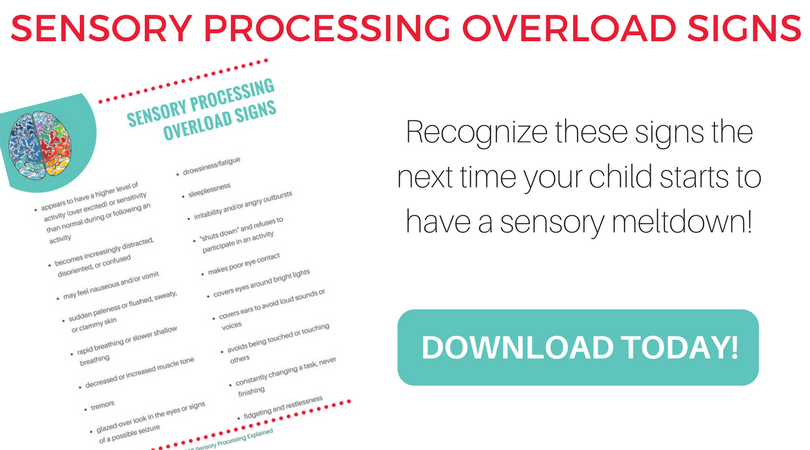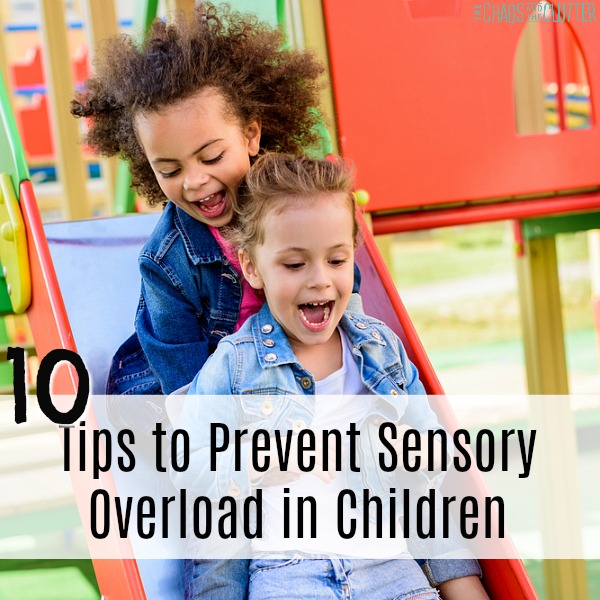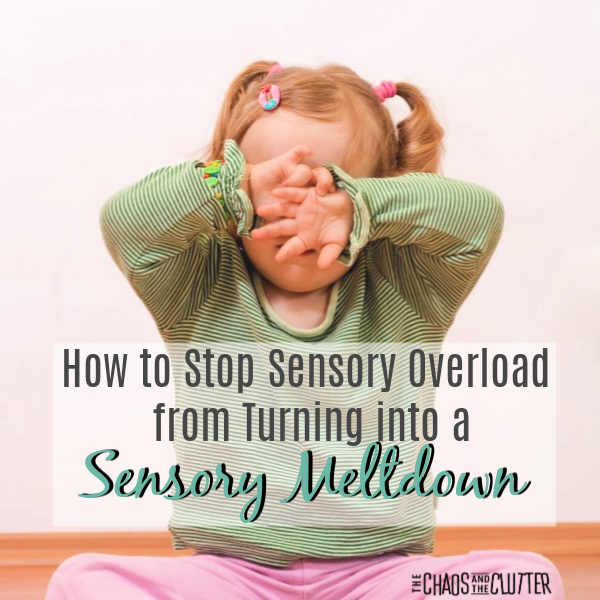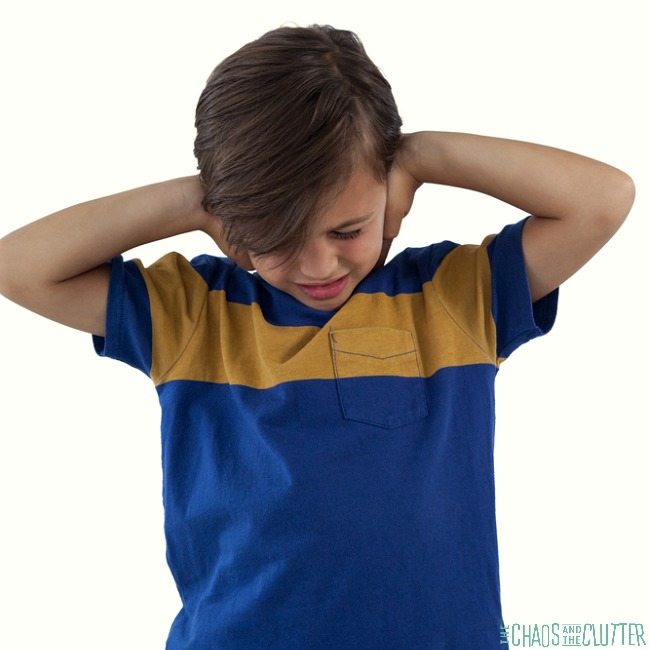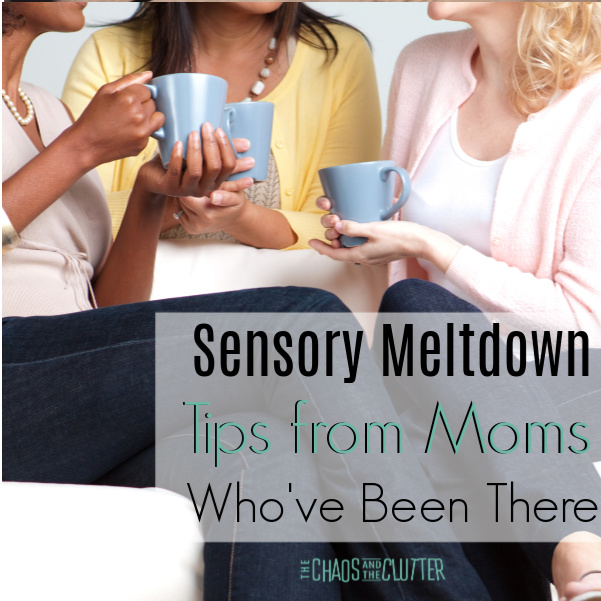Choosing the right songs for your wedding day set the tone for the entire event. Music creates the soundtrack for the day. That sounds like a lot of pressure. The good news is that it’s the one day you’re allowed to make it about what you want. Find unique wedding songs to help personalize your celebration.
It’s your day. Songs that are personal for you, have history for you as a couple, or fit your taste are ultimately the best choice. If you’re looking for an upbeat, happy vibe, you’ll want to choose songs that fit that criteria. If you’re wanting to set the stage for romance, the right songs will go a long way. Whatever mood you want to set, music is the place to start.
If you’re looking for an upbeat, happy vibe, you’ll want to choose songs that fit that criteria. If you’re wanting to set the stage for romance, the right songs will go a long way. Whatever mood you want to set, music is the place to start.
Have you ever had one of those summers where you go to four weddings and all of them seem to play the same exact songs? Don’t choose the hits of the year or songs that are played to death.
Personally, I prefer to find underrated or uncommon songs. I’m a lyrics person, so for me, it’s all about the words.
Whether you’re into lyrics or melody, the following lists will help you find the perfect song for your wedding.
Unique Wedding Songs:
Your Man by Josh Sahunta
I’m partial to this one because we were fortunate enough to have Josh sing this song live as our daughter walked down the aisle in our backyard last year for her wedding. Josh wrote it the year before for his wife to walk down the aisle to at their wedding so you know it’s a special one.
It was a precious moment when Josh sang this as our oldest daughter walked on the grass towards her soon-to-be husband.
“Sometimes, I feel I’m dreaming
You’re too good to be true
I’d spend all of my hours
Just to prove it to you
And I would wait my whole life just to hold your hand
And do it all again just for you to understand
That I won’t leave your side if things don’t go as planned
I give all I had ’cause I will be your man…”

Start the Day by Aaron Howard
This song to me is relationship goals. Listen to the lyrics and you’ll see what I mean. A marriage built on this foundation will be a strong one.
My husband and I were at a small bar in Arizona for our anniversary and Aaron was playing cover songs. We soon discovered that the other two couples there that night were also celebrating their anniversaries which were on the exact date of ours! Upon hearing the story, Aaron sang us an original he had written inspired by an elderly couple he had seen walking hand in hand, seemingly still very much in love. This was that song.
The Story by Brandi Carlile
There’s something so raw and earnest about this one. It’s endearing in a bit of an angsty way. Perfect for a unique couple. Great for a mature relationship as well.
I Love You More by Avery Anna
“I love you more than any storm that’s coming. Let the sky keep falling. Yeah, the world’s got nothing on us.” This song makes you feel as if together, you can take on the whole world.
That’s What Love Is by Alexandra Kay
This song pays tribute to the road and hardships before getting to the wedding day as well as touching on the journey yet to come. “Here’s to the nights that we spent crying. The weight of the world hanging on our shoulders…Felt like the rain would never quit. But you took my hand and we slow danced through all of it.”
Never ‘Til Now by Ashley Cooke and Brett Young
If you’re someone who never pictured yourself settling down and then you met the one you can’t live without, this is the tune for you.
Stuck Like Glue by Sugarland
Looking for something upbeat, fun, and even a bit cheeky? This one is great, especially for long time couples who are finally tying the knot.
Fall Into Me by Forest Blakk
With lyrics like “I’d fall for you twice if that’s what you wanted. I’d give you my life from now till forever. I’m falling in love with you over and over again.”, it’s easy to see how this one made our list.
I’d Leave My Happy Home for You by Josh Sahunta
“You take me deeper than possessions. This love is my confession to you. And all this time I’ve been searching for an answer and you’re the one my heart is running to.”
Here Comes the Sun by The Beatles
This iconic song is great for getting toes tapping and smiles broadening.
All I Want Is You by U2
I couldn’t create a list of love songs without including at least one from U2. My husband is a huge fan so this is my little nod to him. Hopefully your marriage ends on a happier note than the music video!
I Want It All by Kat & Alex
The fact that these two are real life sweethearts who recently married just makes this song that much sweeter!
When I Found You by Jasmine Rae
Obviously written specifically as a wedding song, this one isn’t as obscure as some of the others, but it’s worth a look. After all, finding someone who helps you find yourself is really what it’s all about. “When I found you, I found my safety and I let it change me and open my world. When I found you, I found myself.”
Because You Loved Me by Celine Dion
This was the most popular wedding song in 1996. It’s not heard often at events anymore, but its message still holds up. It can also be used as a father-daughter dance. You can find other songs for the father-daughter dance here.
Carefully choose unique wedding songs for your ceremony, walk down the aisle, first dance, and reception. Consider your own favourites or melodies that hold special meaning for you because of the memories behind them.
Older Love Songs that Stand the Test of Time:
- How Long Will I Love You by Ellie Goulding (originally by the Waterboys)
- Only Wanna Be With You by Hootie and the Blowfish
- Signed, Sealed, Delivered by Stevie Wonder (great for while you’re signing the marriage papers)
- Have I Told You Lately by Van Morrison
- When a Man Loves a Woman by Percy Sledge
What unusual or uncommon song did you have at your wedding?


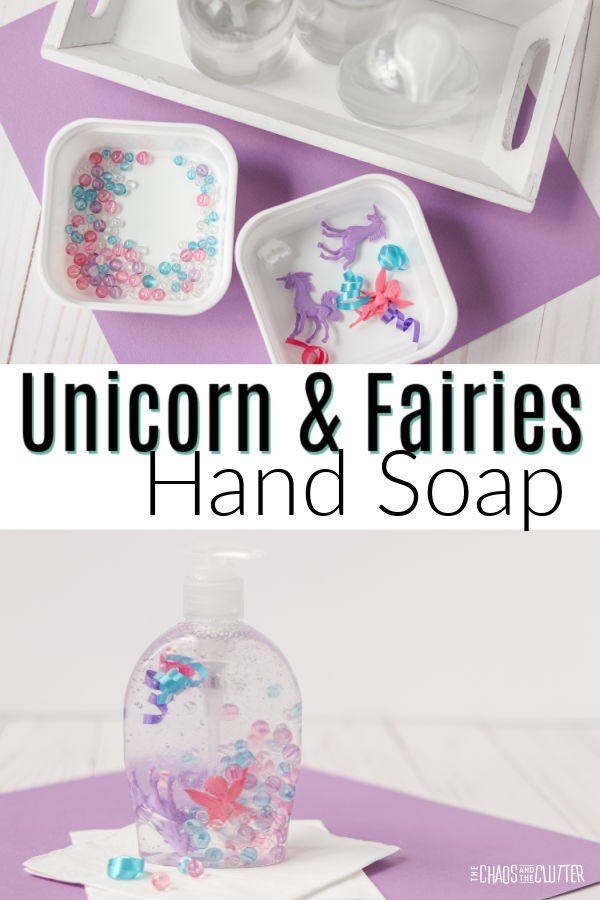
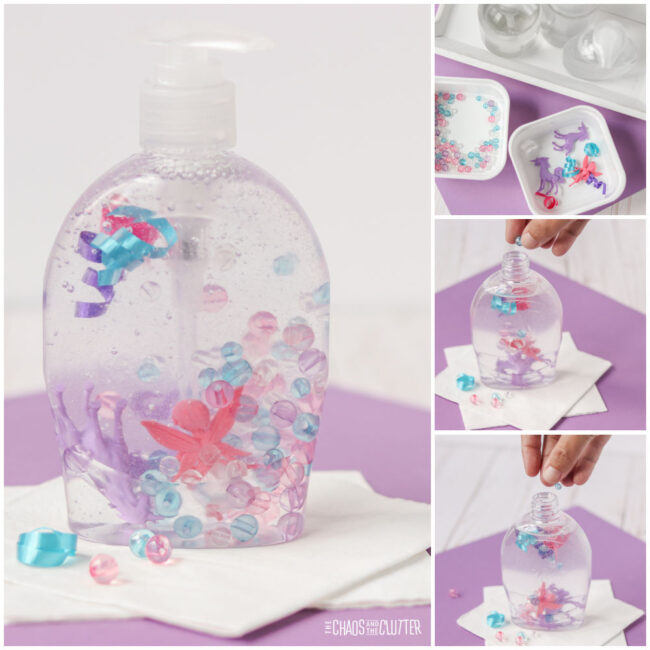
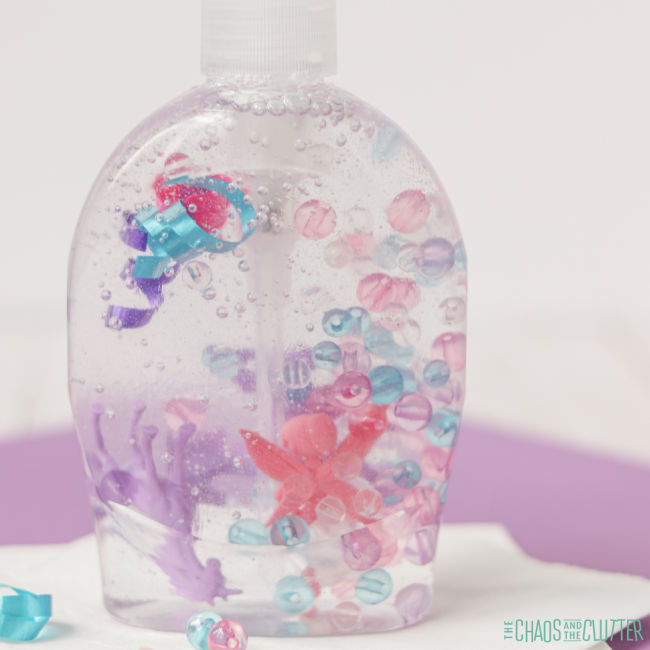
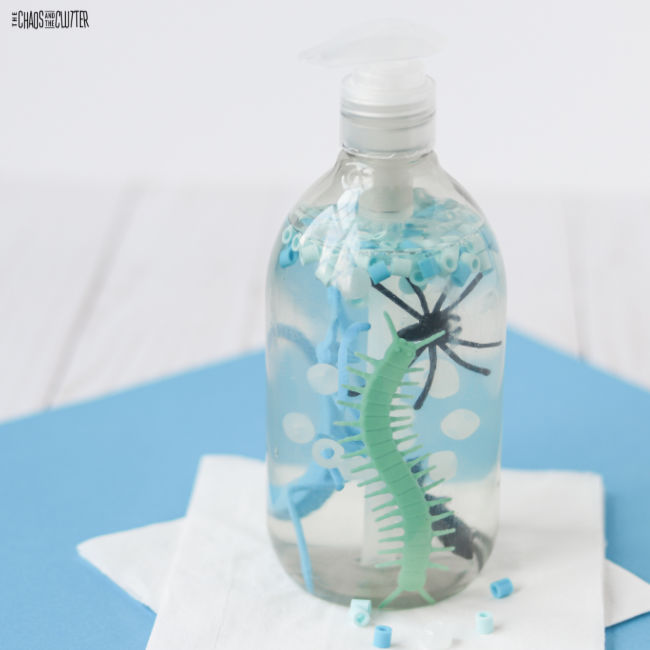

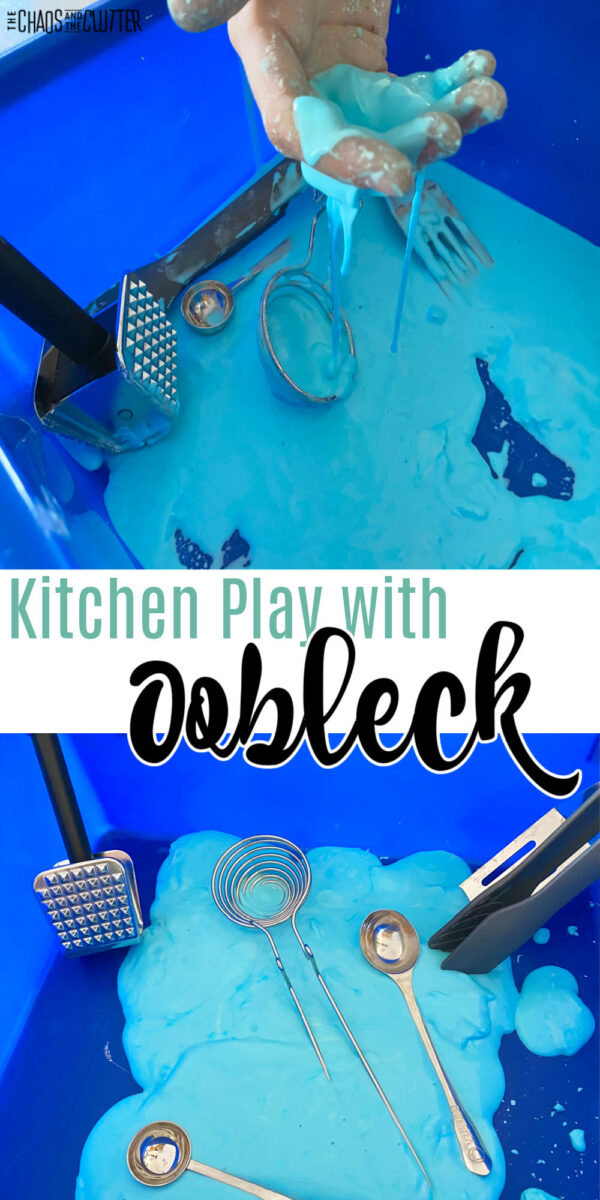 Of all the sensory play recipes, oobleck is the absolute easiest.
Of all the sensory play recipes, oobleck is the absolute easiest. 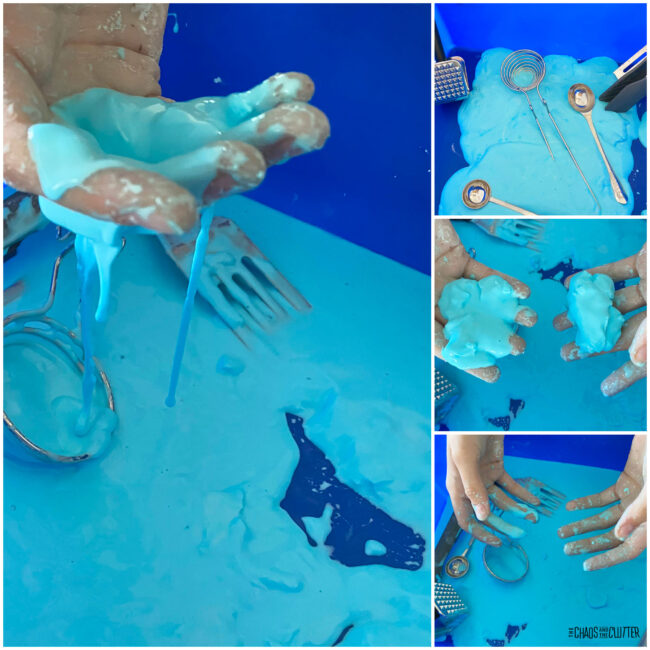


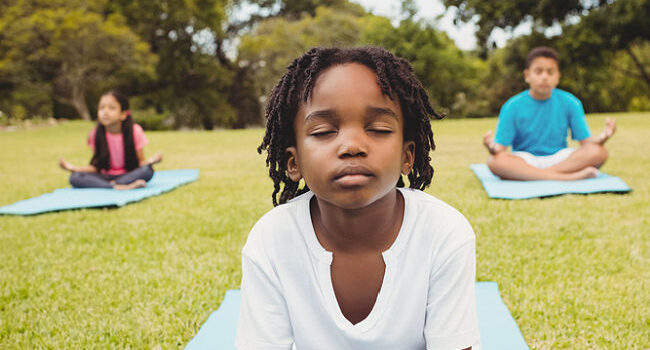
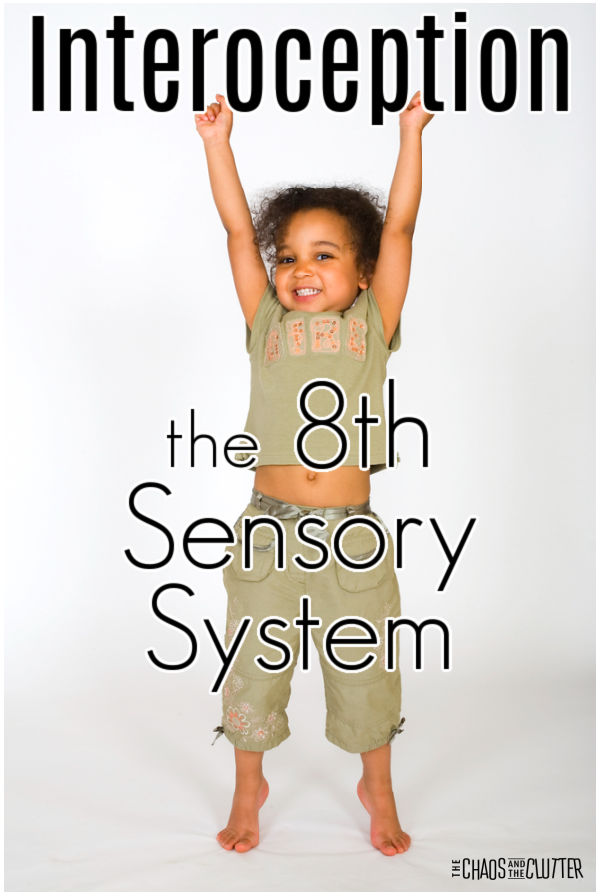 So what is interoception? While the other sensory systems are focused on the perception of external sensations, interoception is the perception of internal sensations.
So what is interoception? While the other sensory systems are focused on the perception of external sensations, interoception is the perception of internal sensations. 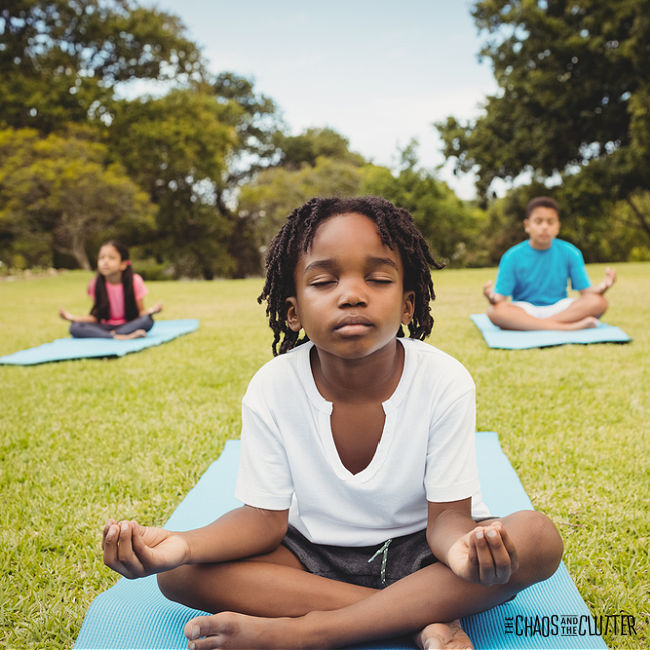

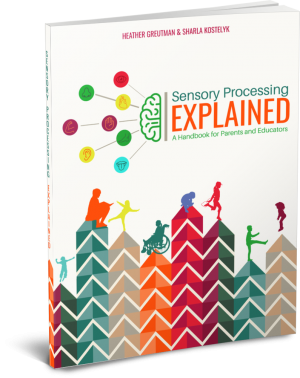

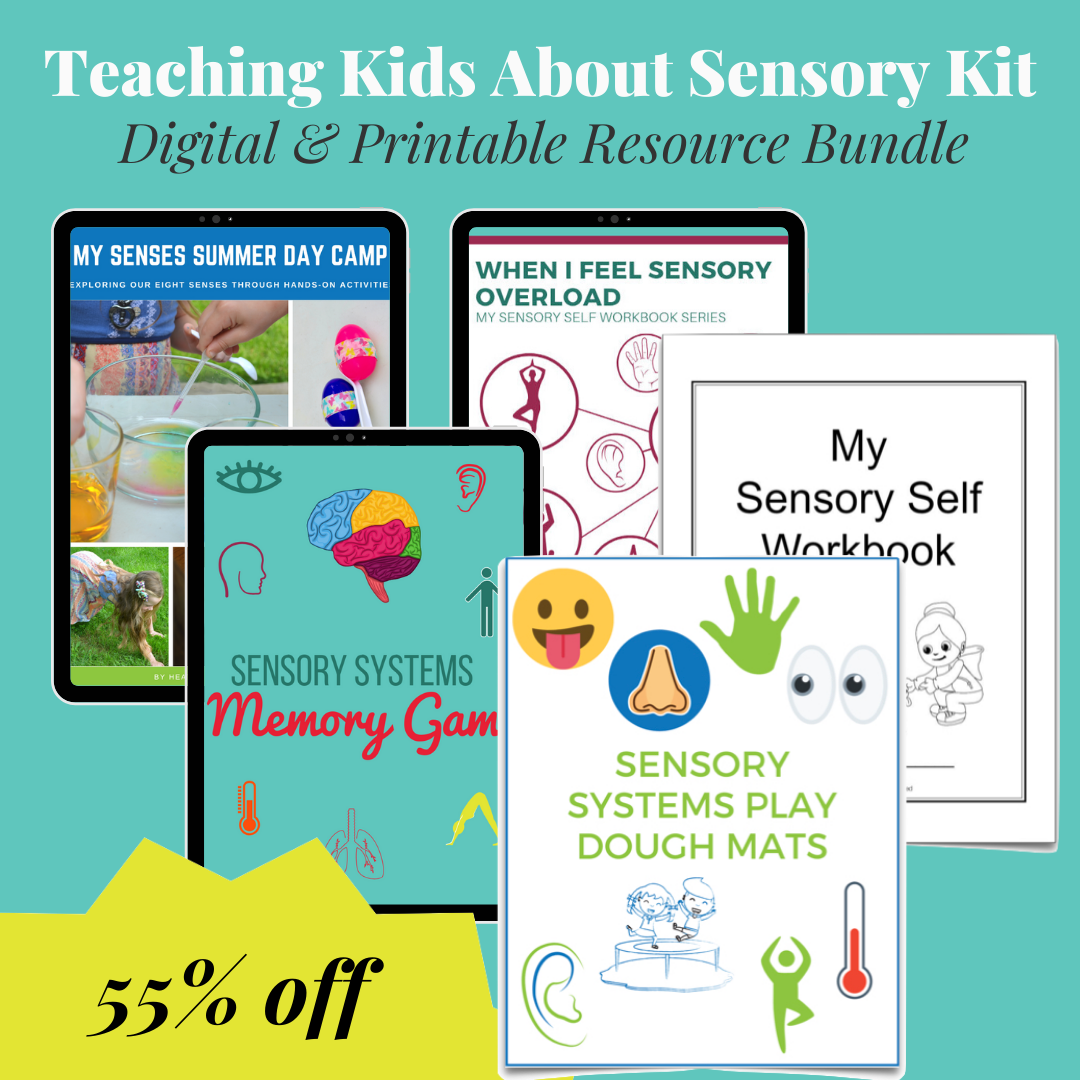
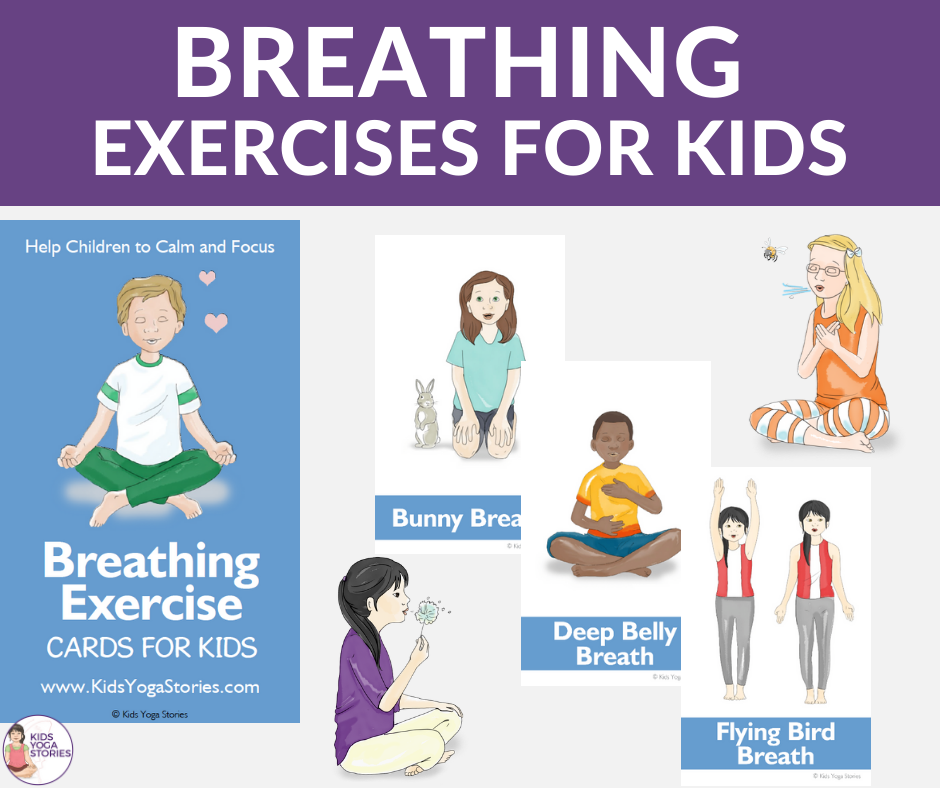
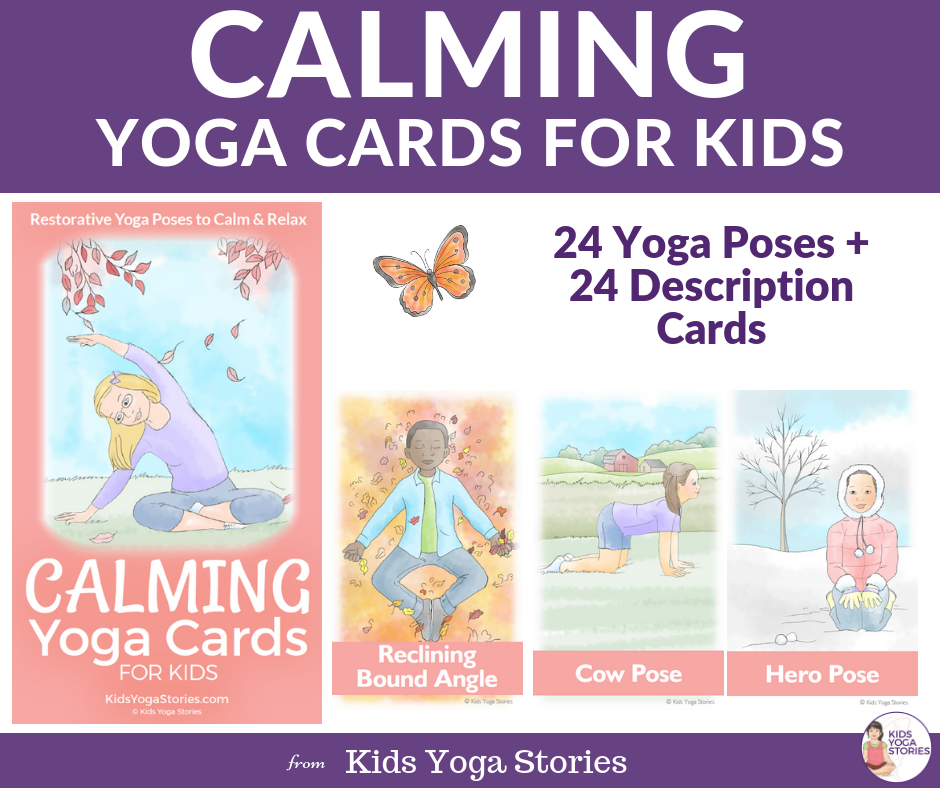





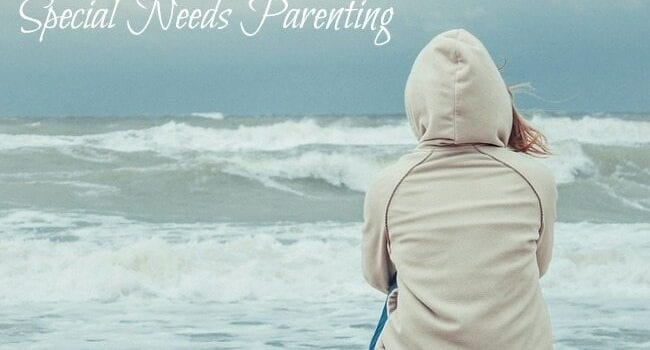
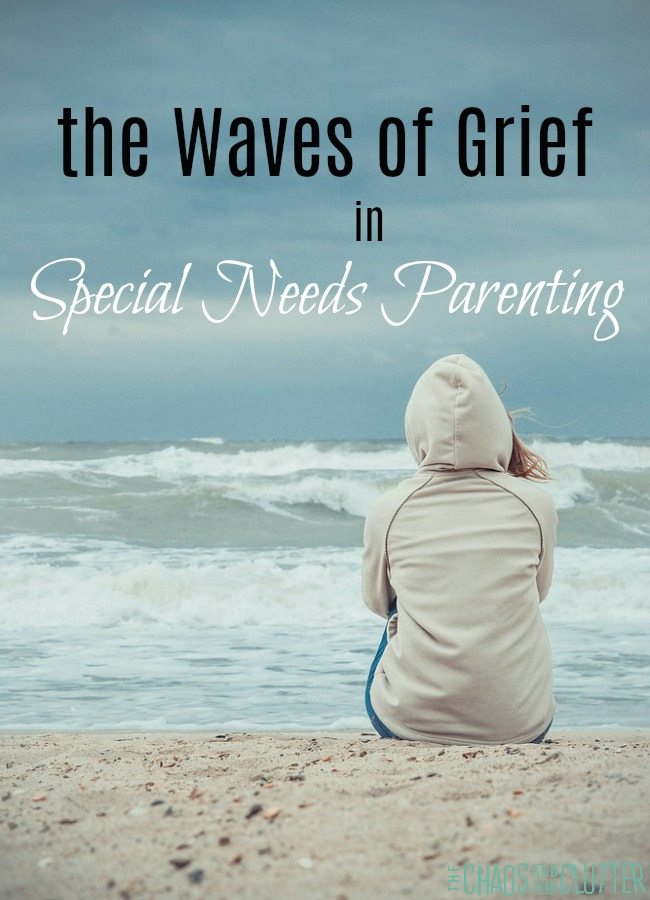

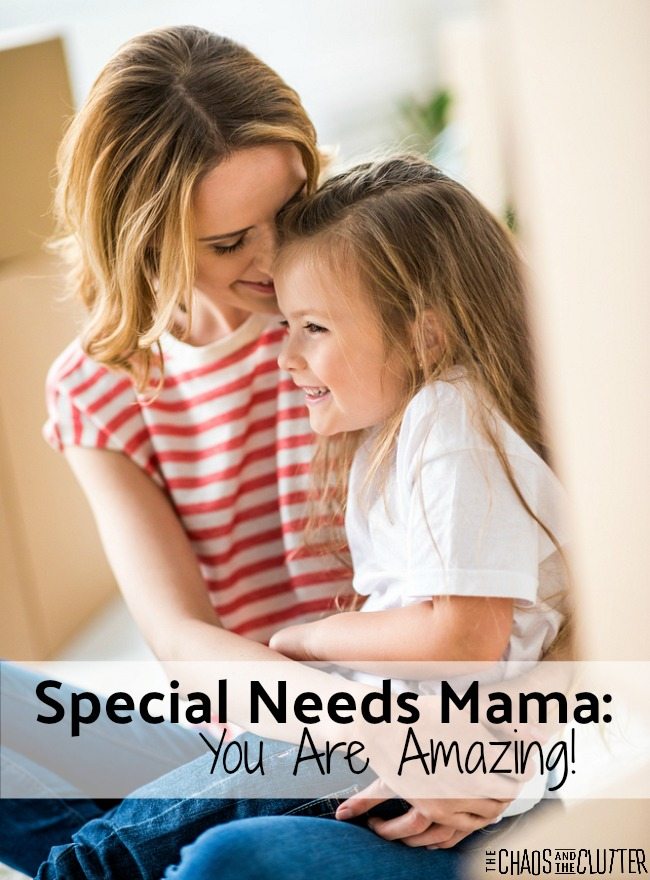
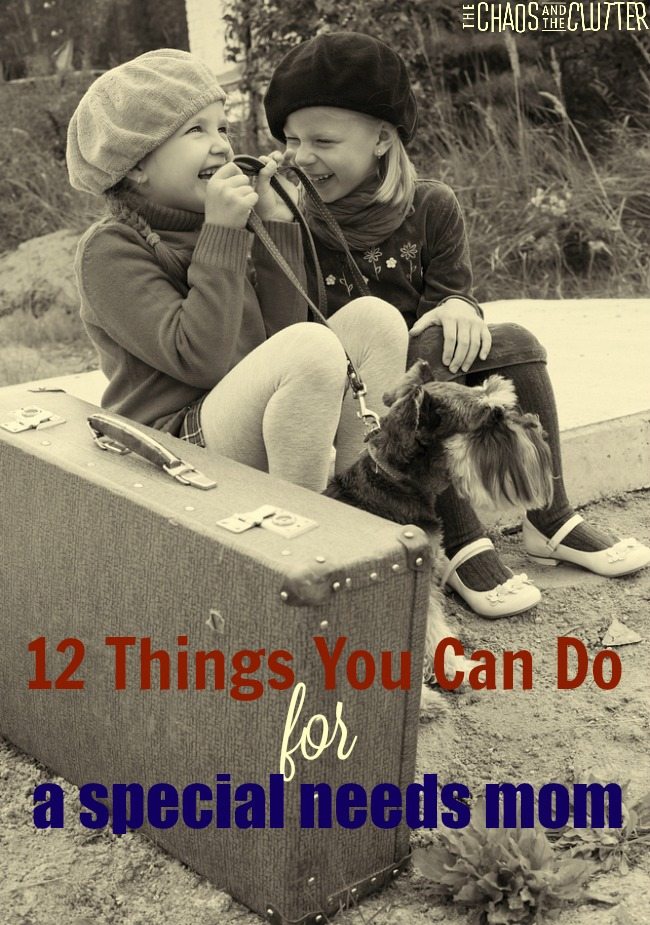
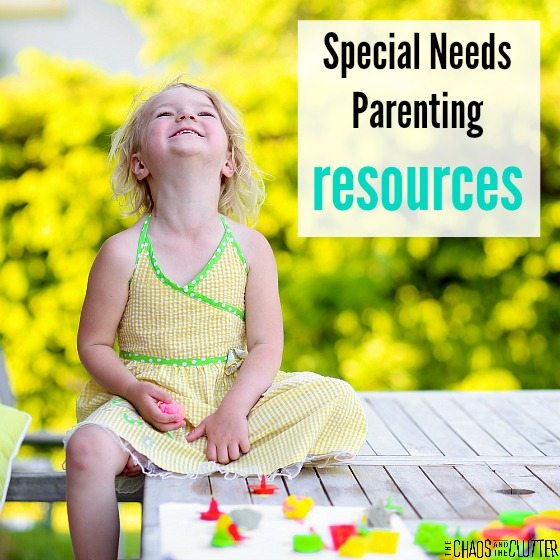
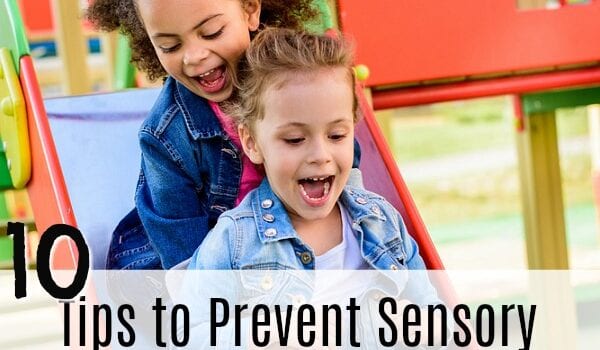
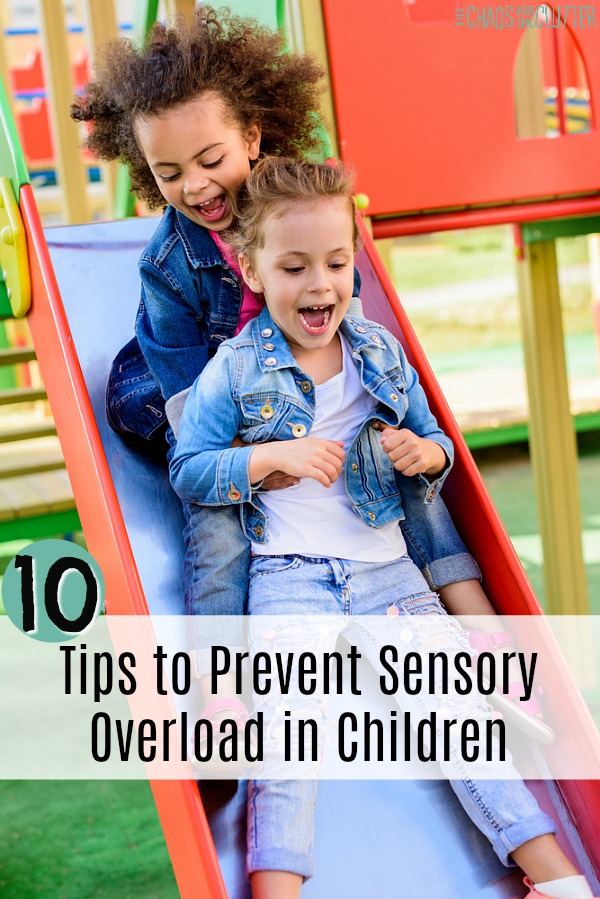 Even if you don’t struggle with sensory issues yourself, I’m sure you can relate to the feeling of sensory overload. We’ve all been there. For some, it may be at a concert or crowded event. For others, it’s being in a gymnasium full of screeching preschoolers. Or perhaps for you, it’s
Even if you don’t struggle with sensory issues yourself, I’m sure you can relate to the feeling of sensory overload. We’ve all been there. For some, it may be at a concert or crowded event. For others, it’s being in a gymnasium full of screeching preschoolers. Or perhaps for you, it’s 